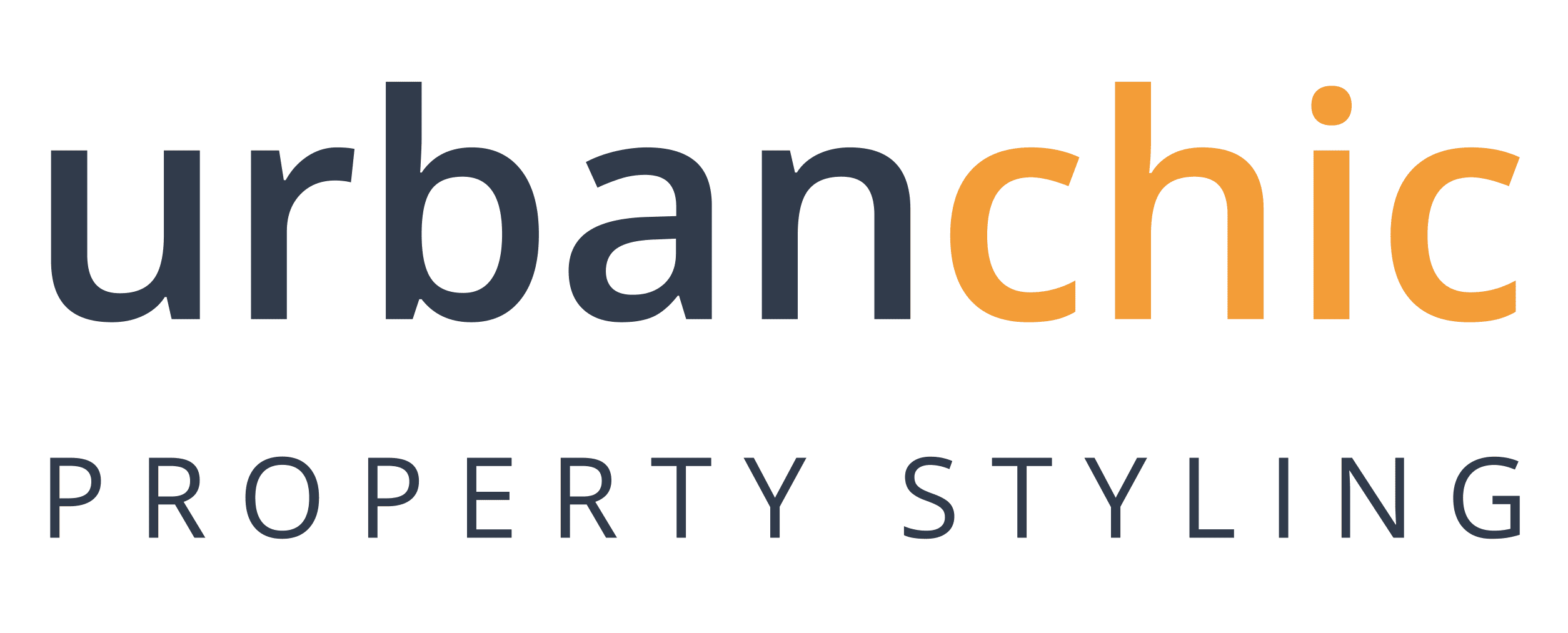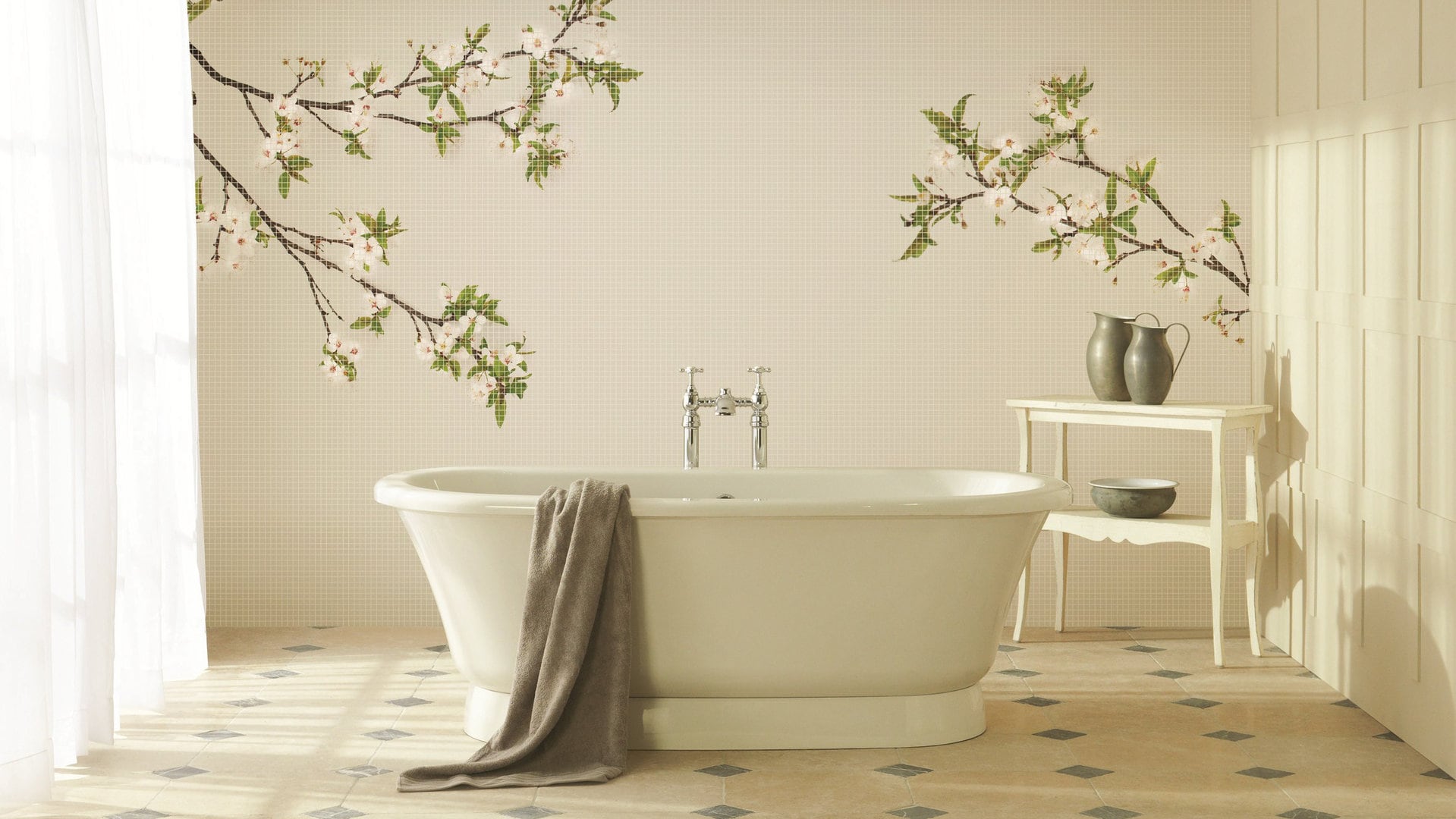Perhaps it’s all those do-it-yourself shows or the house flipping programs on television, but sometimes we get so excited about preparing homes for sale, that we forget to factor in some of the solid rules around investment in property. When we’ve invested time and money in painting and outfitting our kitchen in Hamptons blue and white, and are suddenly taken by the notion that a mosaic of ocean glass coloured tiles to replace our splashback couldn’t be that difficult to DIY, our beautiful renovation can go downhill fast. The ocean glass mosaic might not be a bad idea, but a badly done one could sink our ship. Our house stylist friends are quick to remind us that not every investment we make in our homes will come with a big payoff.
If you’re not careful, you can invest in things that will simply eat up your profit margin. A good rule of thumb when it comes to deciding which home improvement investments will pay off is to aim to get three to five dollars back for every dollar you invest. This is a call that either a very experienced real estate agent or a home stylist (or both) should make with you. Here are some suggestions to help.
- The top item on their list of renovation “no-nos” is DIY projects done badly. Laminated flooring, poorly cut and badly fitted, can destroy the looks and the value of your home. Adding a new tub surround in the main bathroom is easy if you’re a pro. It’s quite another matter if you are an accountant with no experience in bathroom renovations. In other words, if you’re going to make such an investment and have not successfully attempted such a project in the past, you are taking a big gamble.
- Spending money on invisible things. We often mention that if you’re updating appliances and/or equipment you should switch to fuel efficient models. That’s a rule for every day, every year – new home, old home. Whenever you replace an appliance, a toilet, or the air-conditioning unit, step up to energy efficiency for the savings it will bring you in the long term. That does not mean, when selling your property, you’ll get more money if you spend thousands on the techy stuff that can’t be seen. Unless you must replace it anyway, don’t go overboard.
- Be cautious outside. Adding spectacular landscaping and/or a swimming pool is not a good idea unless you plan to enjoy them yourself. Today’s buyers tend to want low maintenance lawns and gardens, and house stylists remind us that, in the eyes of many, a swimming pool is an addition that carries with it loads of liability issues. Again, there are exceptions to this rule – if you’re selling to an upscale market, your agent and your home stylist will advise you if this is a worthwhile investment.
- As tempting as it can be to invest in windows that wash themselves and the clever tricks that technology brings us in the real estate world, these generally fall into the bad idea category. Your buyer will be interested to learn that your home does all the things it’s supposed to simply and without complicated interaction. Your buyer doesn’t want to study the manual in order to turn on the bedroom lights. (However, he might make the effort in the shower if coloured lights and a symphony of water jets are involved.)
Investing in your home in order to sell for a higher price is a good idea if it’s done with careful consideration. Your two best advisors, your staging designer and your sales agent, will be the best sources of information in these choices. They know the market inside out and know what buyers will pay for and what they won’t.
The best investment you can make when it comes to preparing your home for sale is hiring a team of house stylists with the experience, the inventory of furnishings, and the talent to put your house on as many ‘must see’ lists as possible.




